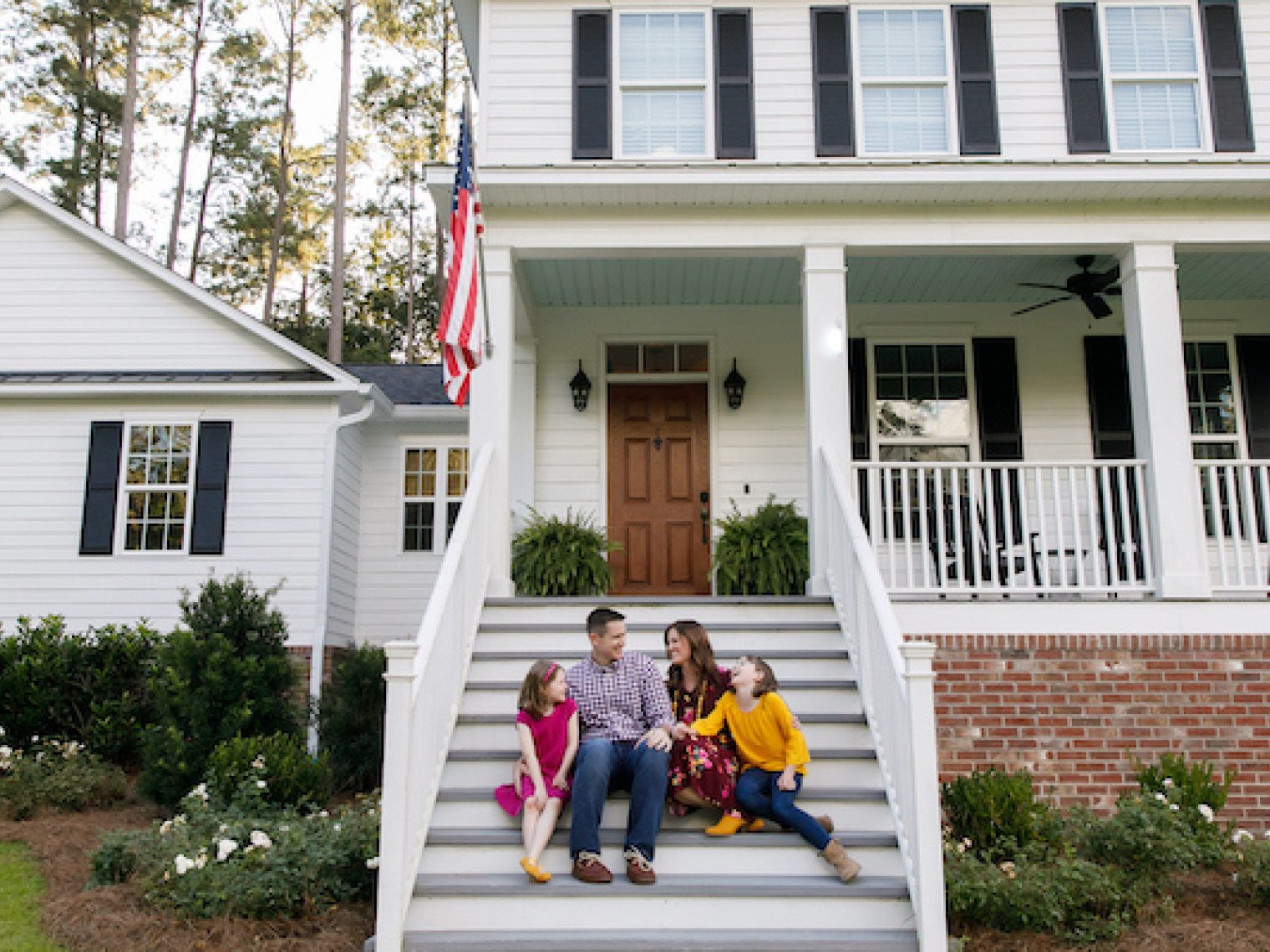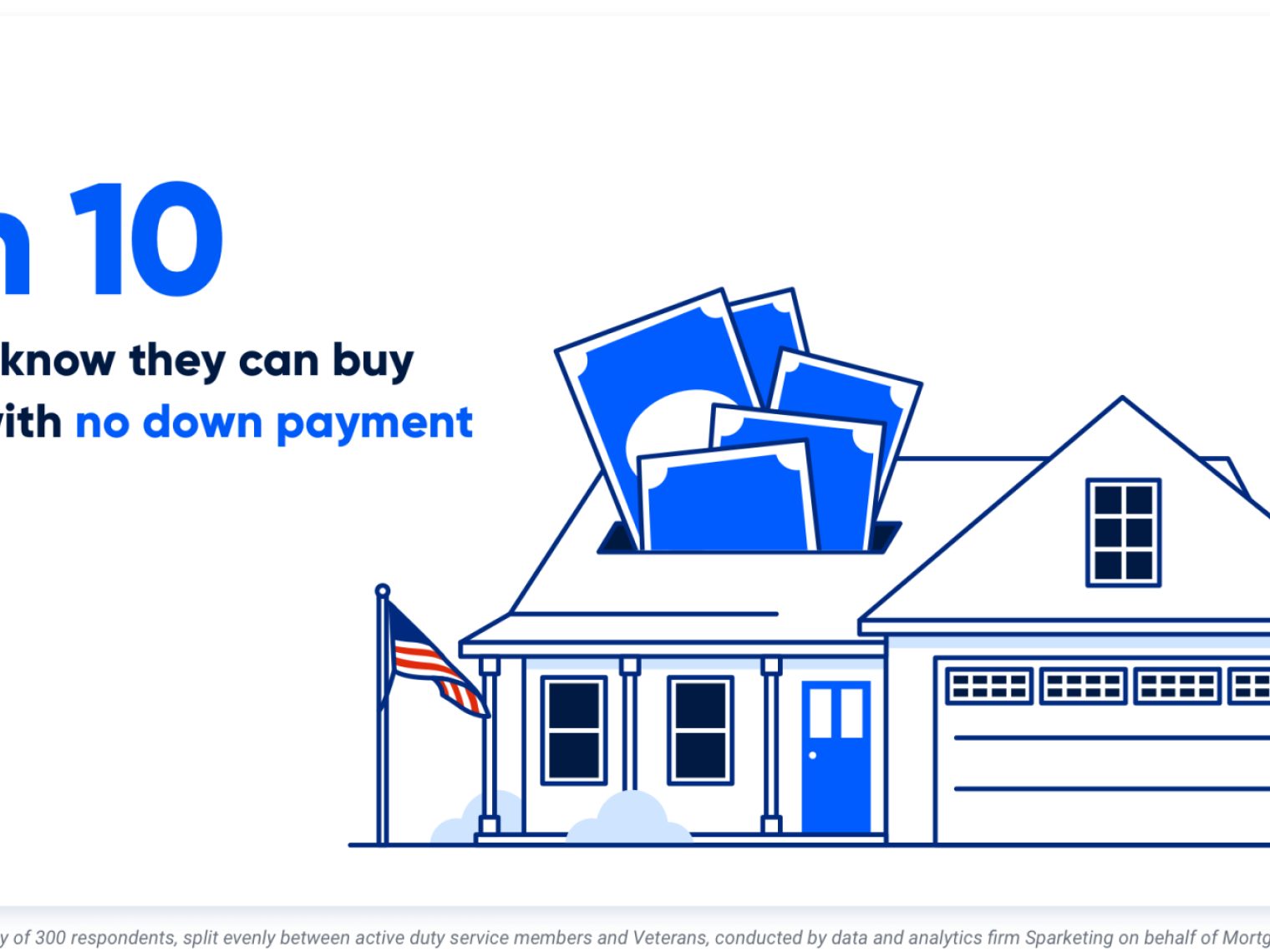With home prices rising, most of our Veteran homebuyers relocated to less expensive Zip codes or purchased within the same Zip code this year. Nearly half of those who moved to less expensive housing relocated to an entirely new metro area.
Despite the pandemic and its economic challenges, this was a big year for scores of Veteran homebuyers across the country.
For the ninth fiscal year in a row, VA purchase loans increased year-over-year, up 11.4 percent compared to FY19. Overall, the VA loan program backed an all-time high 1.2 million loans, obliterating the previous record on a wave of refinance loans.
As this unprecedented year unfolded, some trends and data points suggested an urban exodus was on the horizon.
Rather than rely on home listing search or survey data, we wanted to look at where Veteran homeowners are actually moving along with where they're moving from. The easiest way to do that was to examine our own purchase lending data.
Veterans United Home Loans is the country's largest VA purchase lender, a distinction we've held since 2016. We're also a full-service lender, so we decided to include our non-VA purchase figures given that we that we serve almost exclusively Veterans and military families.
Here are the high-level takeaways:
- Nearly two-thirds of our Veteran buyers relocated to a less expensive Zip code or moved within the same Zip code
- About half of the Veterans who moved to less expensive areas left their previous metro area entirely
Let's take a closer look.
Veterans Moving to Less Expensive Zip Codes
Combining our lending data with Zillow Home Value Index data, we found that:
- 42% of our buyers moved to a less expensive Zip code
- 33% of our buyers moved to a more expensive Zip code
- 20% of our buyers moved within the same Zip code
All told, just a third of our buyers moved to a Zip code with a higher home value index than where they were living.
Among Veterans who moved to a less expensive Zip code:
- 22% moved within the same Metropolitan Statistical Area they were already living in
- 12% moved to a different state
- 7% moved to a new MSA within the same state
In other words, nearly half of the Veterans we helped move to less expensive areas this year just picked up and left their current region entirely.
To be sure, some of those homeowners were active duty service members relocating on PCS orders, and others moved because they got great job offers or wanted to be closer to family. But plenty of others moved to less expensive areas because of tight inventories and the rising cost of housing in many of these metro areas.
Top 15 Markets for Veteran Migration to Cheaper Housing
To consider metro area movement, we looked at cities where we made at least 200 purchase loans. More specifically, we looked at where the Veteran was living when we originated the loan and to where they were moving.
For example, we originated about 1,150 purchase loans for Veterans living in the Atlanta metro area. Nearly 45% of those Atlanta-area Veterans bought homes in Zip codes that had lower home values than where they were living when they came to us for a loan.
That was good enough for Atlanta to be No. 15 on the list, which ranks metro areas by percentage of our loans that helped a Veteran move to a less expensive Zip code.
Here's a look at the Top 15:
- Riverside, Calif. (60% of our purchase loans in that MSA)
- New York (54%)
- Nashville (52%)
- Seattle (51.9%)
- Austin (51.4%)
- Boston (50.6%)
- Los Angeles (50.6%)
- Minneapolis (50.4%)
- Virginia Beach (48.9%)
- Tampa (48.4%)
- Washington, D.C. (46.4%)
- San Diego (45.5%)
- Dayton, Ohio (45.1%)
- Jacksonville, N.C. (44.7%)
- Atlanta (44.7%)
Most of our Veteran buyers in these Top 15 cities relocated within the same metro area. For example, more than 90% of our buyers from Los Angeles, Minneapolis, New York and Seattle moved to less expensive housing within those same regions.
But the split was closer in Dayton, where 55% of our buyers stayed in the MSA, while 45% left. And in two metro areas, way more Veterans left than stayed behind.
In Riverside, 64% of Veteran buyers relocated outside of the MSA. In Jacksonville, the number was even higher -- 68%. But these metro areas are home to major military installations, and much of the migration can be attributed to active duty military members buying and relocating as part of a military move.
State-Level Look
Stepping back to look at originations and relocation from a state-level perspective yields similar results.
In 32 states and the District of Columbia, more of our buyers relocated to a less expensive Zip code than where they were living at the time. In 18 states, more of our buyers relocated to a more expensive Zip code than where they were living at the time.
The 10 states with the highest percentage of our Veteran buyers moving to less expensive Zip codes are places that typically top lists of locations with the highest median home values:
- Hawaii (97.9%)
- California (64.5%)
- Massachusetts (60%)
- Washington (58%)
- New York (56.3%)
- Virginia (55.3%)
- Colorado (53%)
- New Hampshire (52.1%)
- Maryland (51.5%)
- Utah (49.2%)
We plan to continue tracking these data over time to monitor trends and growth patterns.
Related Posts
-
 5 Most Common VA Loan Myths BustedVA loan myths confuse and deter many VA loan borrowers. Here we debunk 5 of the most common VA loan myths so that you can borrow with confidence.
5 Most Common VA Loan Myths BustedVA loan myths confuse and deter many VA loan borrowers. Here we debunk 5 of the most common VA loan myths so that you can borrow with confidence. -
 VA Loan Down Payment RequirementsVA loans have no down payment requirements as long as the Veteran has full entitlement, but only 3-in-10 Veterans know they can buy a home loan with zero down payment. Here’s what Veterans need to know about VA loan down payment requirements.
VA Loan Down Payment RequirementsVA loans have no down payment requirements as long as the Veteran has full entitlement, but only 3-in-10 Veterans know they can buy a home loan with zero down payment. Here’s what Veterans need to know about VA loan down payment requirements.
